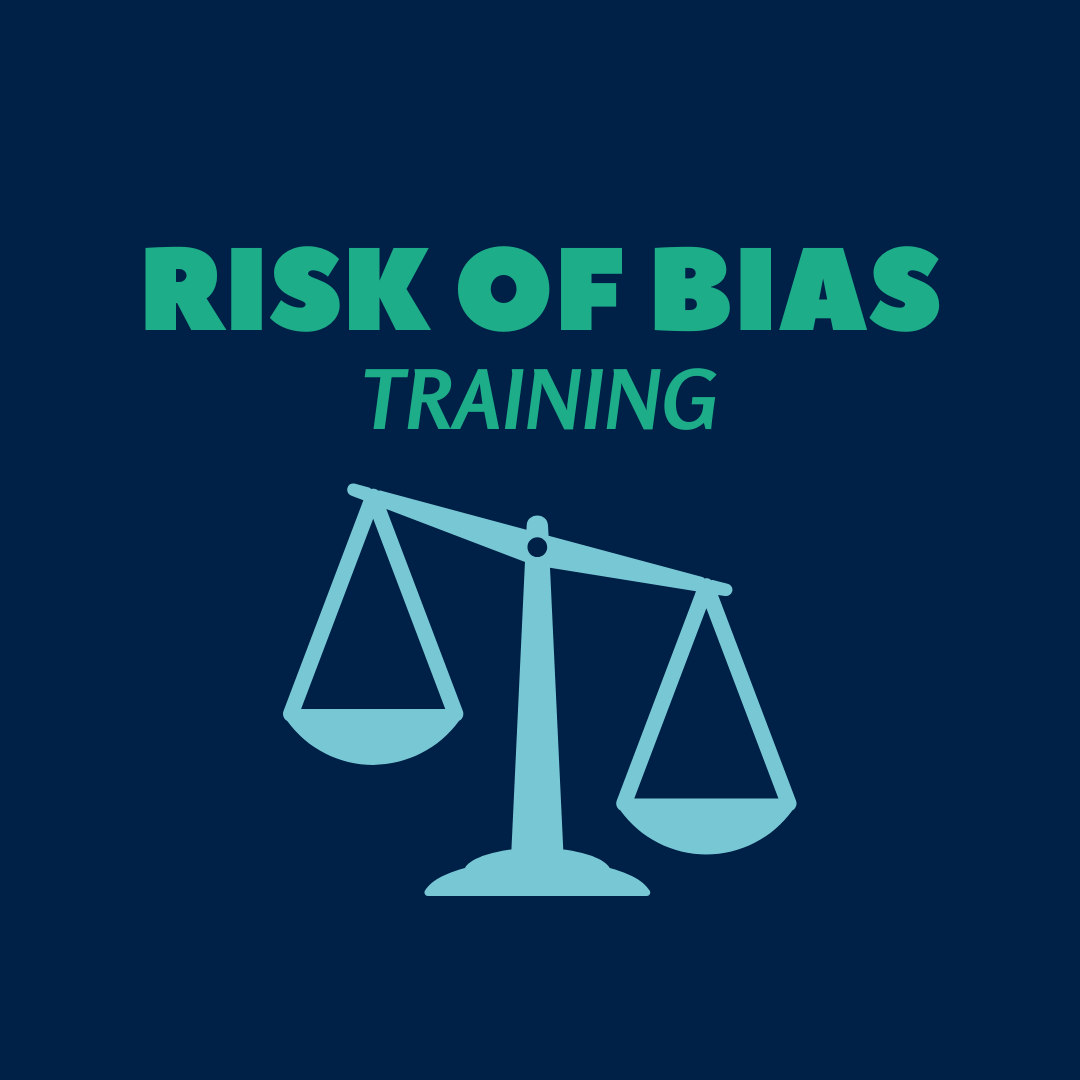Hoferichter & Jentsch (2024)
The relevant information can be found on pages 2444, 2446 and 2447.
The description of the intervention on page 2444, and the table on pages 2446 and 2447 provide a clear overview of the components of intervention, with supporting literature and examples of the applications of methods, tasks, and reflection. Taking into account our understanding of how online seminars are typically run in university settings, we might assume that the seminar was implemented with fidelity. However, no information is provided about what the control group did.
Therefore, this study is considered as having a moderate risk of bias for Implementation Fidelity and Compliance with Intervention.
Kisida et al. (2020)
The relevant information can be found on pages 3, 4 and 5.
Pages 3 and 4 describe the intervention in some detail and say that it had been delivered by a professional arts groups to over 50,000 children in the period 2010 to the time of the study. Page 5 describes considerations of the theory of intervention associated with the programme.The fact that this was a one-off intervention with a long history of implementation, reassures us that it was delivered with fidelity.
Therefore, this study is considered as having a low risk of bias for Implementation Fidelity and Compliance with Intervention.


